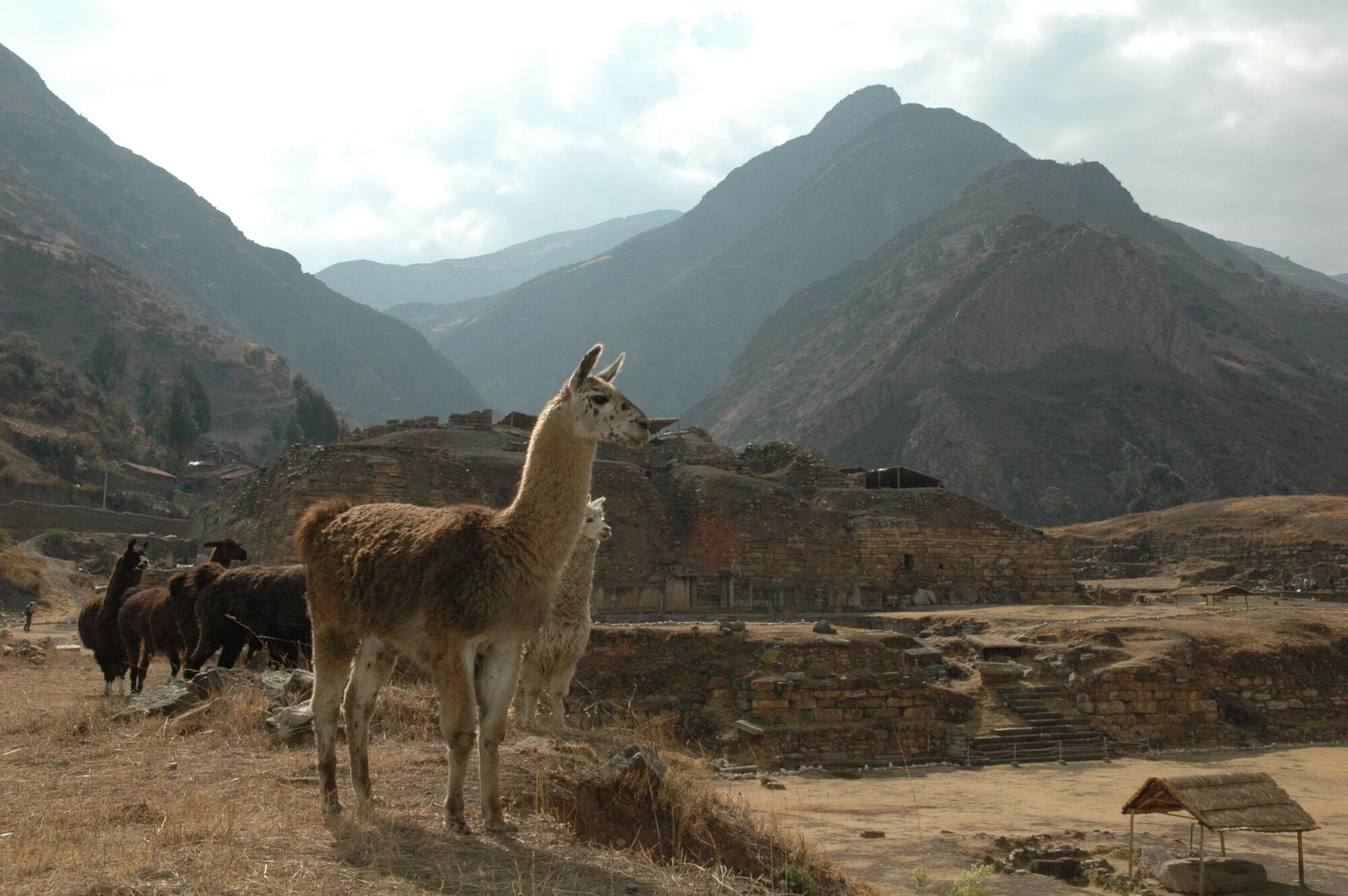Two thousand years before the Inca empire dominated the Andes, a lesser-known society known as the Chavín Phenomenon shared common art, architecture, and materials throughout modern-day Peru. Through agricultural innovations, craft production, and trade, Chavín shaped a growing social order and laid the foundations for a hierarchical society among the high peaks.
But one of their most powerful tools wasn’t farming. It was access to altered states of consciousness.
That’s according to a new study that uncovered the earliest-known direct evidence of the use of psychoactive plants in the Peruvian Andes. A team of archaeologists from the University of Florida, Stanford University and South American institutions discovered ancient snuff tubes carved from hollow bones at the heart of monumental stone structures at Chavín de Huántar, a prehistoric ceremonial site in the mountains of Peru.
